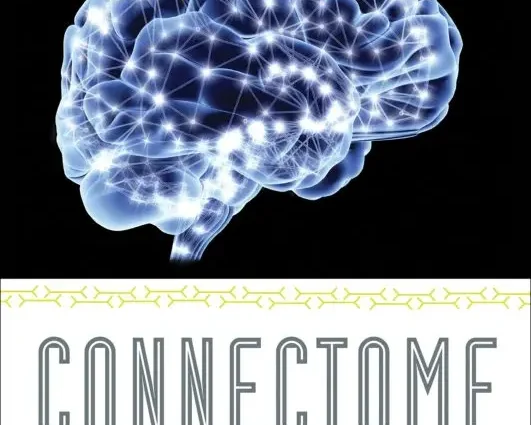Ekaterina Pechenkova read Sebastian Seung’s book “Connectome. How the brain makes us what we are.
“A connectome is a set of connections in the nervous system of an organism (similar to how a genome is a set of genetic information in a cell). From the point of view of Sebastian Seung, it is the connections between neurons that determine all our mental processes, including memories, as well as personality traits. Therefore, he considers finding the human connectome the most important task of science, and to prove this, he briefly describes the history and current state of brain research in this book, which is reminiscent of Bill Bryson’s A Brief History of Almost Everything in the World (AST, 2013).
So here’s your chance to find out why neural networks “make sure we don’t choke on a snake or run away at a steak” and what neurons and spaghetti have in common. Behind the lightness of the style, however, you can find quite a serious argument and more than a hundred pages of comments, as if written by another person – neat, presenting alternative points of view and containing links to sources.
This book helps overcome common but outdated ideas about the brain. For example, before it was impossible to reliably register changes in structures and connections in the brain of an adult, so we believed that such changes do not occur. Seung cites much evidence of brain plasticity and believes that change in the connectome – the “wiring diagram of the brain” – occurs constantly, during the acquisition of any experience.
A complete description of the connectome involves identifying all connections between neurons in the body. Until now, this problem has been solved (in 12 years!) only for the nervous system of the small worm C. elegans, which contains only 302 neurons. Obviously, a similar description for the human brain is still in the distant future (the well-known American Human Connectome Project deals with the description of macroconnections between brain areas, and not connections between individual neurons). Therefore, the author will not yet be able to test the hypothesis that schizophrenia is a “connectopathy”, that is, a violation of the process of formation of connections in the brain, and that this disease can be cured by inventing a method of “reconnecting” connections.
Therefore, he quotes the physicist Freeman Dyson: “Science is my territory, and science fiction is the landscape I dream of,” and in the last part of the book he moves on to completely outright fantasy, involving the reader in a conversation about the effectiveness of “crionics” (the practice of freezing the brains of the dead in the hope that in the future they can be revived) and “digitization” (creating an accurate computer model of the individual brain). Perhaps the author took up a book in the popular genre precisely in order to write these controversial, albeit fascinating chapters.
About the author of the book
Sebastian Seung ‒ professor of neuroinformatics and physics at the Massachusetts Institute of Technology. Seung runs the WiredDifferently Center, which organizes amateur neuroscientists to conduct large-scale research. Their goal is to test the hypothesis that a person’s individuality is determined by his connectome. “Connectome. How the brain makes us what we are, Binom, 440 p. Translation from English by Alexei Kapanadze.










